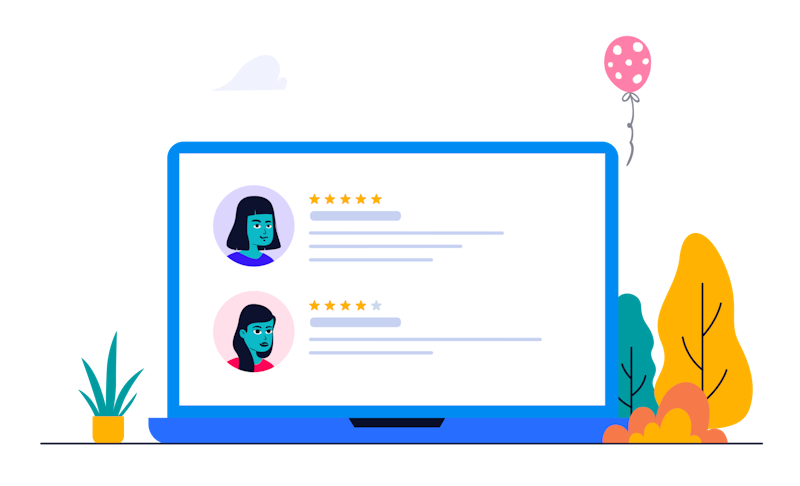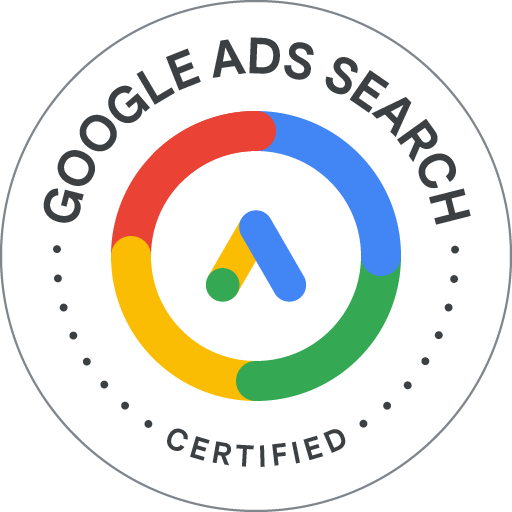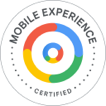When it comes to providing a seamless experience for your website visitors, one of the most crucial factors to consider is minimising friction. In this context, friction refers to anything that disrupts or hinders the user experience, potentially causing visitors to leave your site prematurely or feel frustrated during their interaction.
Common examples of website frictions
It’s important to understand what friction actually is, as it can manifest in various forms on a website. Here are some common examples of friction that can impede the user experience:
Slow page load times
When a website takes too long to load, visitors are more likely to leave the page before it even finishes loading. A good rule of thumb is to aim for a page load time of two seconds or less.
Intrusive pop-ups
Pop-ups that appear suddenly or cover important content can be annoying and disruptive for users. If you must use pop-ups, ensure they’re used sparingly and provide real value to the visitor.
Complex navigation
A cluttered or confusing navigation menu can make it difficult for users to find what they’re looking for. Keep your navigation simple, intuitive, and organised.
Unclear call-to-action (CTA) buttons
If a user can’t quickly understand what they’re supposed to do on a page (e.g., sign up, add to cart, download), they might get frustrated and leave. Ensure that your CTAs are clear, compelling, and prominent.
Mandatory account creation
Forcing users to create an account before they can view content or make a purchase can be a significant barrier. Offer guest checkout options or allow users to explore content before requiring an account or giving their details.
Excessive form fields
Long and complicated forms can be daunting for users. Only ask for the information you absolutely need, and consider using multi-step forms to break up the process.
Lack of mobile optimisation
With the increasing prevalence of mobile browsing, a website that isn’t optimised for mobile devices can be a source of friction. Ensure your website is responsive and offers a seamless experience on all devices.
Poor content layout
Walls of text, lack of headings, or inconsistent fonts can make content hard to read and understand. Use clear, scannable layouts with headings, bullet points, and visual elements to improve readability.
Broken links or error pages
Encountering a 404 error or a non-functioning link can be frustrating for users and may lead them to doubt the reliability of your site.
Lack of customer support options
When users have questions or issues, they need quick and easy access to support. Provide visible contact information or offer live chat support to assist visitors in real-time.
Why should you strive to remove friction from your website?

Improve user experience
Providing a frictionless user experience is more than just good practice – it’s essential for the success of your website. Visitors should be able to effortlessly navigate through your site, quickly find the information they’re seeking, and easily complete any actions or transactions without confusion or difficulty.
A seamless experience will encourage users to stay on your site longer, explore more pages, and engage with your content or products. This not only improves user satisfaction but also increases the likelihood of repeat visits and positive word-of-mouth recommendations.
Increase conversion rates
Friction is a major contributing factor to abandoned shopping carts, incomplete sign-up forms, and failed transactions. When potential customers encounter obstacles like a confusing checkout process, a lengthy registration form, or hidden costs, they’re more likely to give up before completing their intended action.
Simplifying and streamlining processes can significantly reduce friction and increase conversion rates. We’ve found that reducing friction in the conversion process directly translates to higher revenues and a more successful business.
Build trust and credibility
A website with minimal friction reflects positively on your brand, demonstrating that you prioritise and value your visitors’ time and needs. A well-designed website, with fast loading times, no broken links, and clear navigation, can establish your brand as reliable and professional.
On the other hand, a website with high friction can quickly damage your reputation, driving potential customers away. By providing a smooth, frictionless online experience, you establish credibility and foster trust with your audience. This trust is crucial for building long-term customer relationships and creating a loyal customer base.
Enhance accessibility and inclusivity
Removing friction also means ensuring that your website is accessible to everyone, regardless of their abilities or resources. This involves optimising for screen readers, providing alt text for images, ensuring that your site is navigable with a keyboard, and designing for various devices and screen sizes.
By creating an inclusive online space, you cater to a broader audience, including people with disabilities or those using older technology. Embracing accessibility and inclusivity not only widens your potential audience but also demonstrates social responsibility and a commitment to a more equitable digital landscape.
Boost SEO and organic traffic

Search engines prioritise user experience when ranking websites. A frictionless site, characterised by high user engagement, low bounce rates, and a clear, organised structure, is more likely to rank higher in search results.
By minimising friction, you naturally improve these metrics, increasing the likelihood of appearing on the first page of search results and driving more organic traffic to your site. This boost in traffic can lead to increased brand awareness, higher conversion rates, and more revenue.
By addressing sources of friction and continuously optimising your site, you can create a welcoming environment that encourages engagement and drives business growth.
If you’re unsure where to start, get in touch with us. We are UX experts.
Start optimising your website
Book your free 45min performance review
2/4 Slots available






